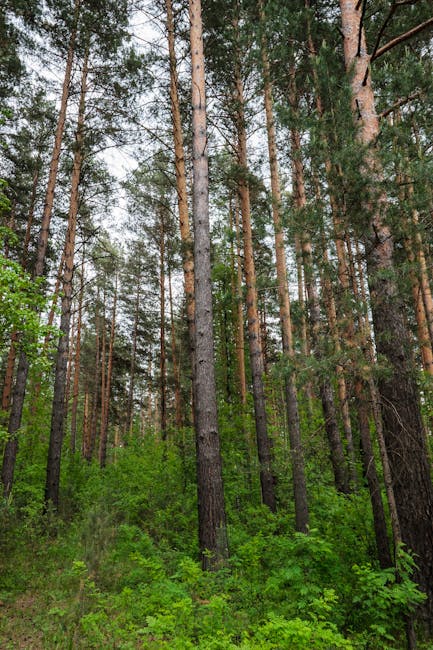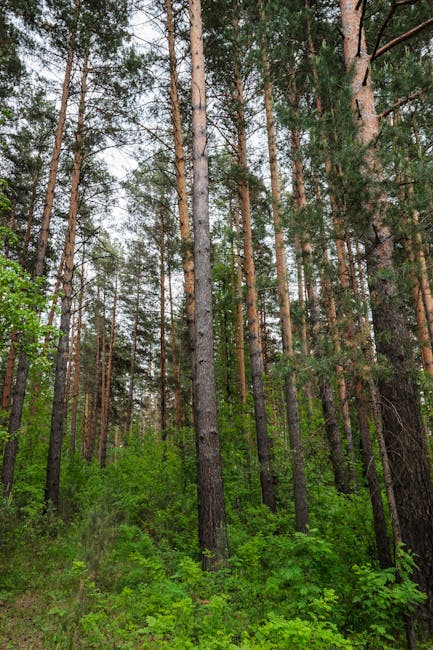Understanding Tornadoes Today
Tornadoes, nature’s most violent storms, remain a significant threat across various regions globally. Understanding their formation, prediction, and safety measures is crucial for minimizing risks and ensuring survival. This comprehensive guide delves into the science behind tornadoes, current tracking technologies, effective safety protocols, and resources for staying informed about these powerful weather events.

The Science Behind Tornado Formation
Tornadoes are rapidly rotating columns of air extending from a thunderstorm to the ground. Their formation is a complex process involving several atmospheric conditions. It typically begins with a strong thunderstorm, characterized by significant instability in the atmosphere. This instability manifests as a substantial temperature difference between the surface and higher altitudes. Warm, moist air near the surface rises rapidly, creating an updraft within the storm cloud.
Simultaneously, strong wind shear, a change in wind speed or direction with altitude, plays a crucial role. This wind shear causes the rising air to rotate horizontally. As the rotating air is lifted within the updraft, it stretches vertically, forming a mesocyclone – a rotating column of air several kilometers in diameter. This mesocyclone is the precursor to tornado formation.
The next crucial stage involves the descent of a downdraft – a column of sinking air – within the thunderstorm. The interaction between the updraft and downdraft further intensifies the rotation within the mesocyclone, eventually leading to the formation of a funnel cloud. When this funnel cloud descends to the ground, it becomes a tornado.
Various factors influence tornado strength and intensity. These include the strength of the updraft, the amount of wind shear, and the atmospheric moisture content. The stronger these factors, the more powerful and destructive the tornado is likely to be.
Tracking Tornadoes Today: Advanced Technologies
Predicting and tracking tornadoes has undergone a dramatic evolution thanks to advancements in technology. Weather radar, particularly Doppler radar, is a cornerstone of tornado detection. Doppler radar utilizes the Doppler effect to measure the velocity of wind within a storm. By analyzing these wind speeds, meteorologists can identify rotation within a thunderstorm, a key indicator of potential tornado formation.
The development of storm-scale radar technology, which provides highly detailed images of storm structures, is another remarkable leap forward. This technology allows meteorologists to observe finer details within the storm, such as the location and intensity of the mesocyclone, giving more precise predictions.
Beyond radar, weather satellites play a critical role in providing large-scale atmospheric observations. Satellite images provide a broad overview of storm systems, helping forecasters track their movement and intensity. This information is crucial in issuing timely warnings.
Numerical weather prediction (NWP) models have also significantly advanced tornado prediction. These models utilize complex computer algorithms to simulate atmospheric conditions, forecasting the development and movement of storms. Combining radar data with NWP models gives forecasters a more holistic view, improving the accuracy of tornado warnings.
Tornado Safety: Preparing for and Surviving a Tornado
Preparing for a tornado is paramount. Developing a comprehensive safety plan is crucial, encompassing steps to take before, during, and after a tornado event.
Before a Tornado:

- Identify safe rooms: Designate a sturdy interior room, preferably on the lowest level of your home, without windows. This is your safe place during a tornado warning.
- Develop an emergency plan: Ensure everyone in your household understands the warning signals and knows the designated safe room.
- Assemble an emergency kit: This kit should include essential supplies such as water, non-perishable food, a first-aid kit, flashlights, batteries, and a weather radio.
- Stay informed: Monitor weather reports regularly, particularly during tornado season, and stay informed about any warnings.
During a Tornado:
- Seek immediate shelter: Once a tornado warning is issued, immediately move to your designated safe room. Stay away from windows.
- Get under sturdy cover: If you are unable to reach a designated safe room, get under a sturdy piece of furniture such as a heavy table or desk.
- Protect your head: Cover your head with a helmet, pillow, or blanket.
- Stay calm: Remaining calm is crucial during such a situation.
After a Tornado:
- Check for injuries: Assess any injuries and provide first aid if needed.
- Report damage: Contact emergency services to report any damage to property or infrastructure.
- Avoid damaged areas: Stay away from damaged buildings and downed power lines.
- Stay informed: Continue to monitor weather updates and heed any instructions from authorities.
Types of Tornadoes
Tornadoes are classified based on their intensity, using the Enhanced Fujita (EF) scale. This scale ranges from EF0 (weak) to EF5 (violent), with each category representing increasing levels of wind speed and damage potential. EF0 tornadoes exhibit wind speeds up to 85 mph, while EF5 tornadoes can reach speeds exceeding 200 mph.
Beyond the EF scale, different types of tornadoes exist. Supercells, large, long-lived thunderstorms, are often associated with the strongest tornadoes. Waterspouts, tornadoes that form over water, are another distinct type. Landspouts, tornadoes that form from non-supercell thunderstorms, are generally weaker than supercell tornadoes.
Resources for Staying Informed
Several reliable resources can keep you updated on tornado activity and warnings. The National Weather Service (NWS) is the primary source for weather information in the United States. Their website and mobile app provide real-time weather alerts, forecasts, and severe weather advisories. Numerous weather apps and websites also provide up-to-date information, often incorporating radar imagery and NWP model predictions.
Local news channels are often crucial for localized warnings and updates, especially during severe weather events. They usually have meteorologists who can provide detailed analysis of local conditions and explain any warnings effectively.

Conclusion
Tornadoes are formidable natural phenomena, posing significant risks to life and property. However, through continuous advancements in technology, coupled with effective safety measures and public awareness, we can mitigate the damage caused by these powerful storms. Staying informed about weather forecasts, implementing a safety plan, and responding appropriately during a tornado warning significantly increases your chances of survival and minimizes the risk of harm.

